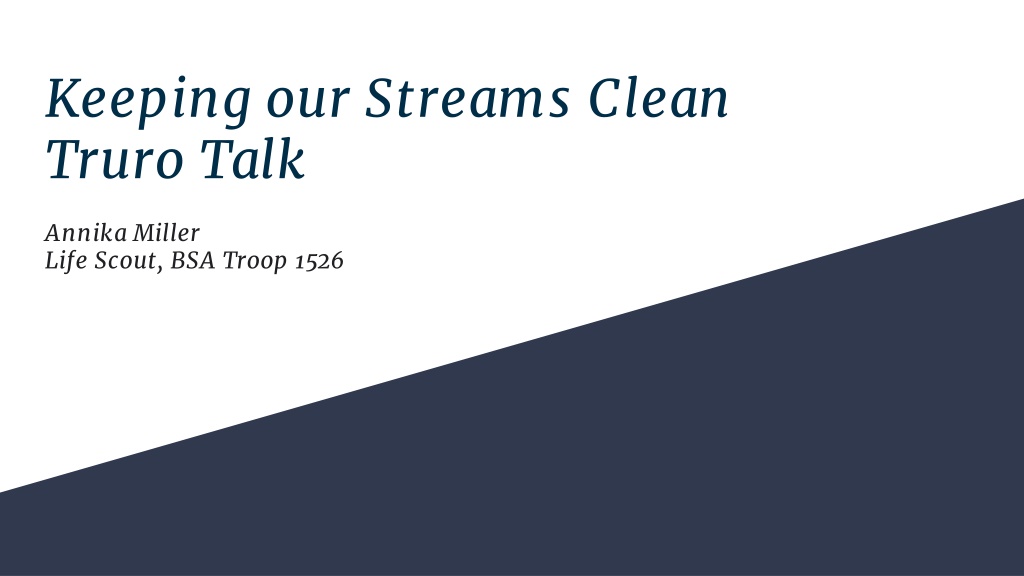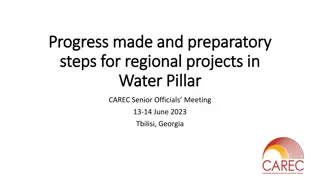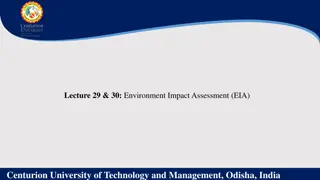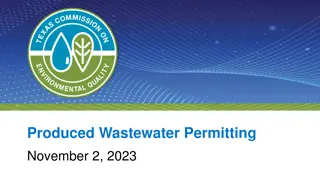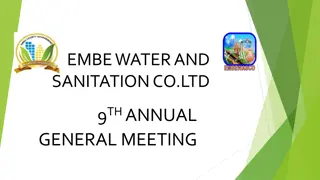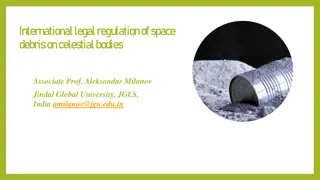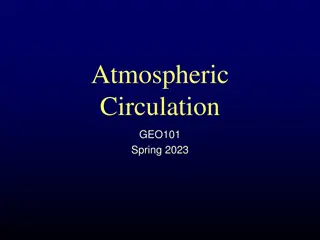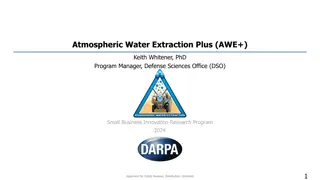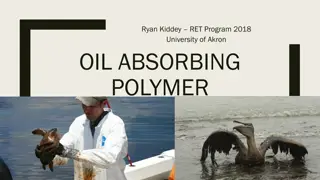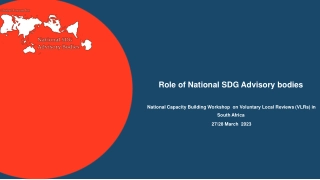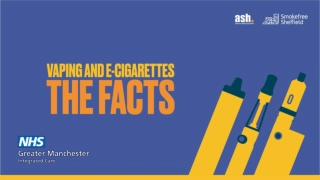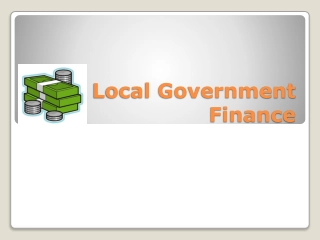Environmental Impact and Solutions: A Focus on Local Water Bodies
Explore the environmental challenges faced by local water bodies, such as Lake Accotink, due to pollution sources like non-point and point sources. Discover the importance of maintaining clean streams, with insights on dredging efforts to restore water quality. Learn how community actions can support the health of water ecosystems like the Chesapeake Bay.
Download Presentation
Please find below an Image/Link to download the presentation.
The content on the website is provided AS IS for your information and personal use only. It may not be sold, licensed, or shared on other websites without obtaining consent from the author. Download presentation by click this link. If you encounter any issues during the download, it is possible that the publisher has removed the file from their server.
Presentation Transcript
Keeping our Streams Clean Truro Talk Annika Miller Life Scout, BSA Troop 1526
Two kinds of Pollution Non-Point source Pollution Point Source Pollution Caused when rainfall moves over and through the ground, picking up and carrying natural sediments and human- made pollutants, and deposits them into lakes, rivers, wetlands, coastal waters and ground waters The leading cause of water quality deterioration in the Chesapeake Bay Any single identifiable source of pollution from which pollutants are discharged, such as a pipe, ditch, ship or factory smokestack https://oceanservice.noaa.gov/ www.epa.gov
What is the Problem? Why is it important to be careful what enters our creek?
Chesapeake Bay Our Nation s largest estuary We live within the watershed (our creek ultimately flows into the bay) The health of the bay is graded every year In 2020, the bay received a C grade, an improvement from the C- received in 2019 The grade was made up of 23 reporting regions The stewardship index looks at actions residents are taking to support the bay, volunteerism, and civic engagement. The report said there was room to grow in this area, which scored a D-plus grade. https://www.usnews.com/news/best-states/maryland/articles/2021- 06-22/chesapeake-bay-health-edges-up-to-c-grade-in-report-card
Lake Accotink Dredging Lake Accotink is a local recreational lake that is used by many Fairfax County Citizens Overtime, sediment from stormwater runoff and other locations will deposit in the lake bed. This reduced the water depth as well as the holding capacity of the lake Has had to be dredged multiple times in the last decades (2008) Analysis in 2016 estimated that the lake is now filling up again at about 23,000 cubic yards of sediment per year Dredging - removing underwater sediment (soil material) https://www.fairfaxcounty.gov/publicworks/stormwat er/plans-projects/lake-accotink-dredging-ac89-0009
Dredge estimated 350,000 cubic yards of sediment to restore the lake to an average 8 ft depth Establish maintenance dredging program to sustain the lake Project Overview Dredging cost $30,500,000 Annual Maintenance cost $2,013,000 30-year lifecycle dam repair $4,700,000 https://www.fairfaxcounty.gov/publicworks/stormwat er/plans-projects/lake-accotink-dredging-ac89-0009
Storm Drain Pollution Sediment: Bare soil, sand Nutrients: Fertilizer, yard debris Toxics: Pesticides, motor oil, lead-based paint, salt Pathogens: Animal or human waste Litter: Plastic, cigarettes, styrofoam, cans
Nutrient Pollution Nutrient pollution is the process where too many nutrients, mainly nitrogen and phosphorus, are added to bodies of water and can act like fertilizer , causing excessive growth of algae and low levels of oxygen dissolved in the water In the process of decay, the oxygen in the water is used up and this leads to low levels of dissolved oxygen in the water. This, in turn, can kill fish, crabs, oysters, and other aquatic animals Applying fertilizers in the proper amount and at the right time of year can significantly reduce how much fertilizer reaches water bodies. Also try eco friendly options and natural substitutes for lawn care Plant native plants Keeping animals and their waste out of streams https://oceanservice.noaa.gov/facts/nutpollution.html
Soap Many soaps contain chemicals that harm fish and degrade water quality When you wash your car in the driveway, the soap together with the dirt, grime, grease, and oil washes from your car and flows into nearby storm drains Some soaps may also contain phosphates, which can cause excess algae to grow in local waterways Can be toxic to wildlife Instead . Use an environmentally friendly soap Wash your car on the lawn or gravel Make sure to dump your bucket in your sink or allow it to filter through the ground. Don't dump it down the driveway https://www2.erie.gov/environment/index.php?q=what-problem-car-washing
Sediment Pollution Sediment is the loose sand, clay, silt and other soil particles that settle at the bottom of a body of water The Environmental Protection Agency lists sediment as the most common pollutant in rivers, streams, lakes and reservoirs Sediment pollution causes $16 billion in environmental damage annually Ways to prevent it Cover any loose soil Plant native plants Rain gardens https://cfpub.epa.gov/npstbx/files/ksmo_sediment.pdf
Eagle Project Storm Drain Labeling Apply decals to storm drains in the Truro and Wakefield Chapel Woods communities Lead a diverse group of volunteers from Troops 1525, 1526, their peers, and community members The goal of the storm drain markers will be to discourage the dumping of materials down storm drains to prevent pollution and improve water quality Working with NVSWCD Education A portion of my project also involves community outreach and education Emails, newsletter, Truro Talk, volunteer recruitment
Northern Virginia Soil and Water Conservation District Promote soil and water conservation in Fairfax County and beyond Promote hands-on conservation Provide technical expertise Develop young environmental leaders Prevent pollution, reduce runoff and protect our streams and rivers. NVSWCD Has the goal of labeling the over 10,000 storm drains in Fairfax County and educate residents about nonpoint source pollution Relies on volunteer-led projects to label
Simple Steps to Take in your Household Grow native plants and use mulch to cover and protect bare soil from erosion Scoop the poop! Keep bacteria from dog waste out of waterways Limit fertilizer use. - Try to compost or bag yard debris, practice bay-friendly yard care Put litter in the recycling or trash Keep suds from car washing out of the storm drain they can be toxic to wildlife Use pesticides only when necessary and sweep up any excess Dispose of motor oil, lead-based paint, and pesticides as household hazardous waste one gallon of oil can pollute two million gallons of water!
Thank You so Much for Coming!
